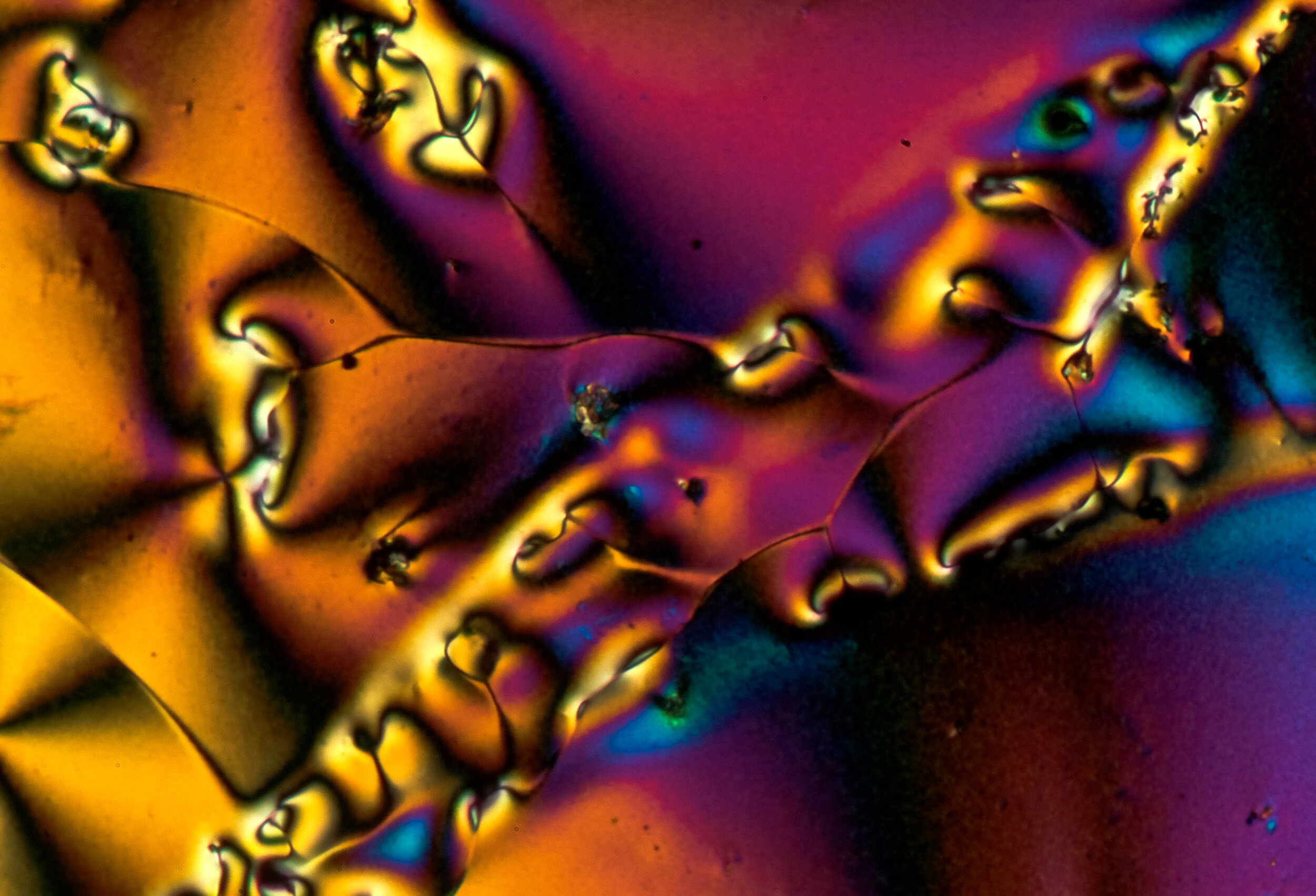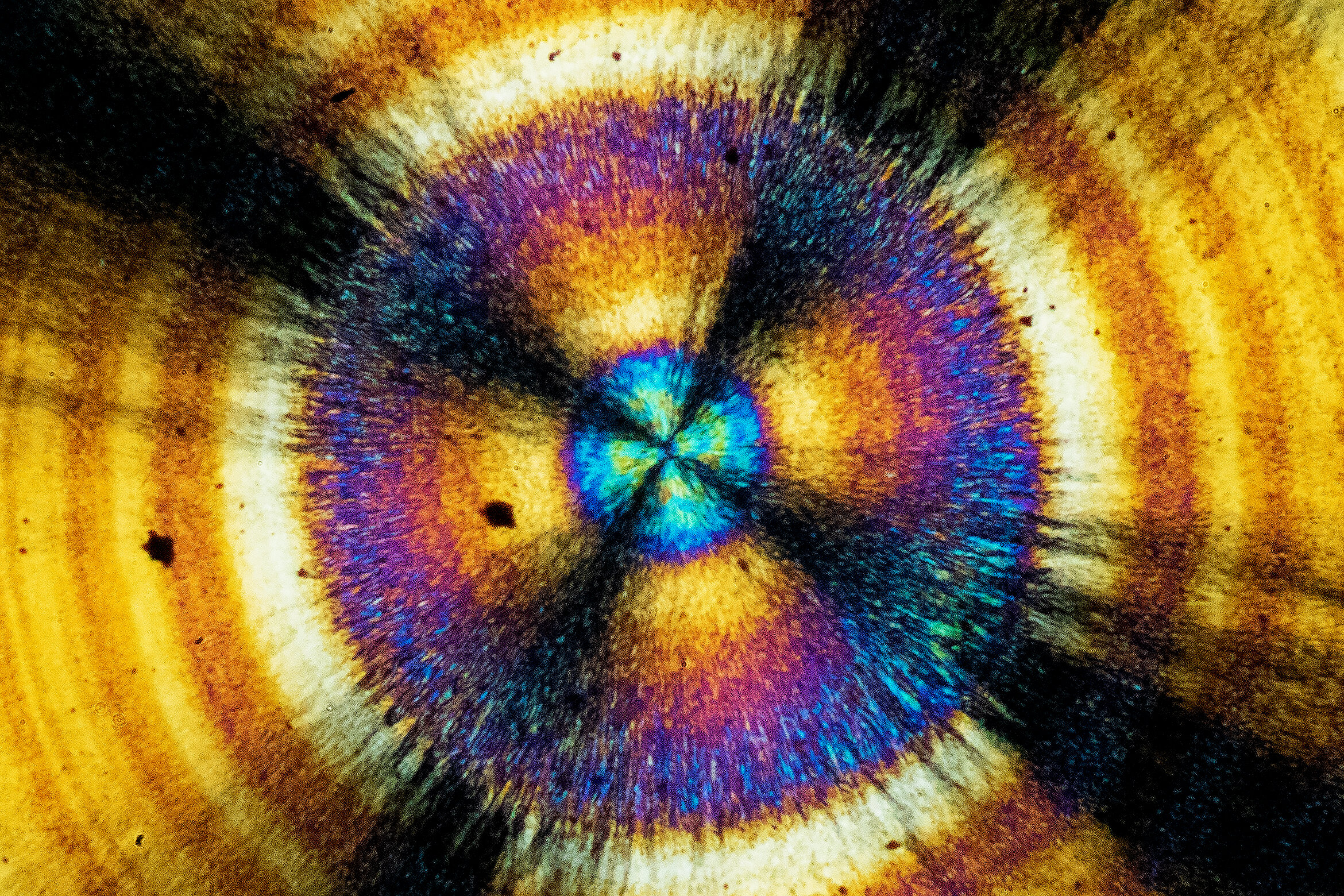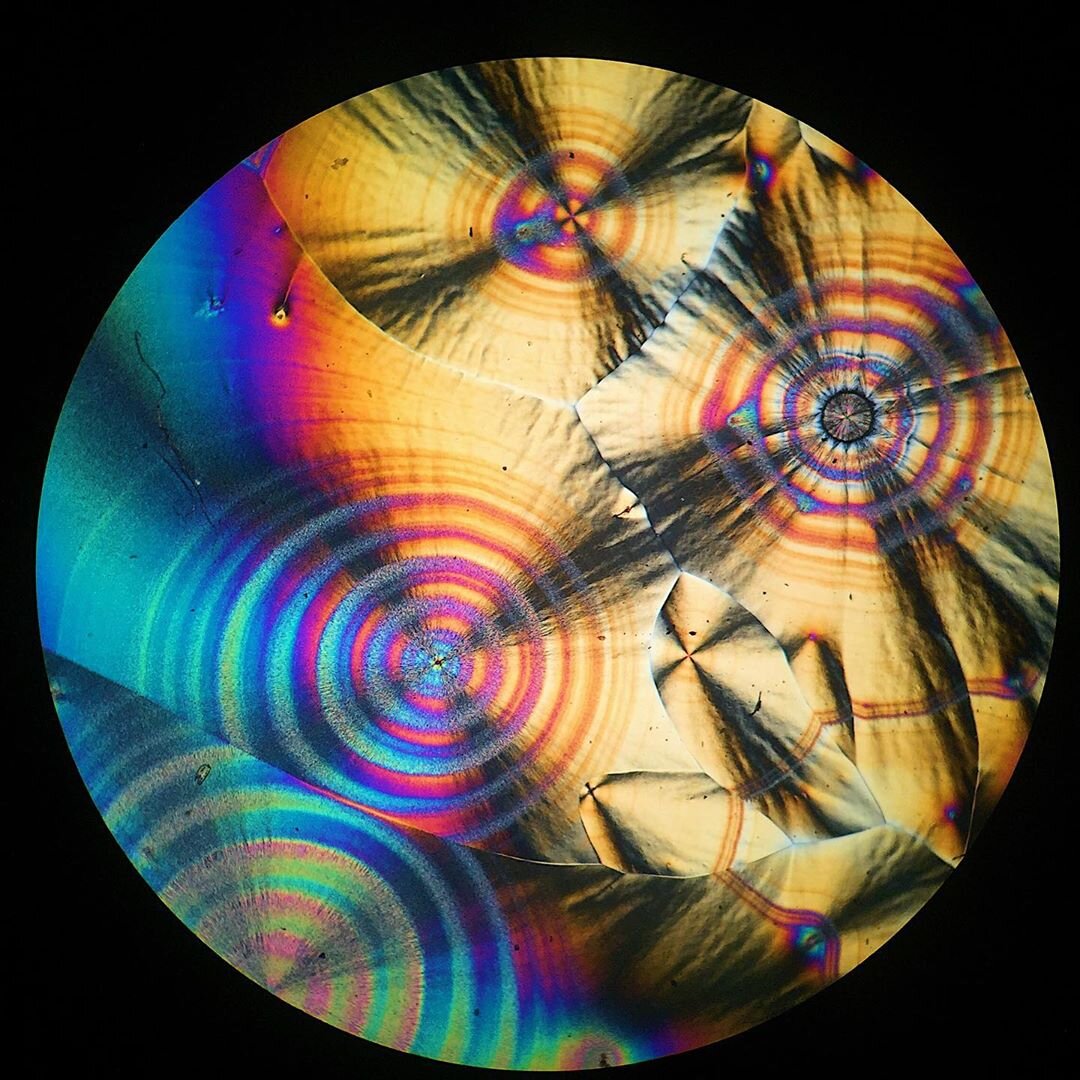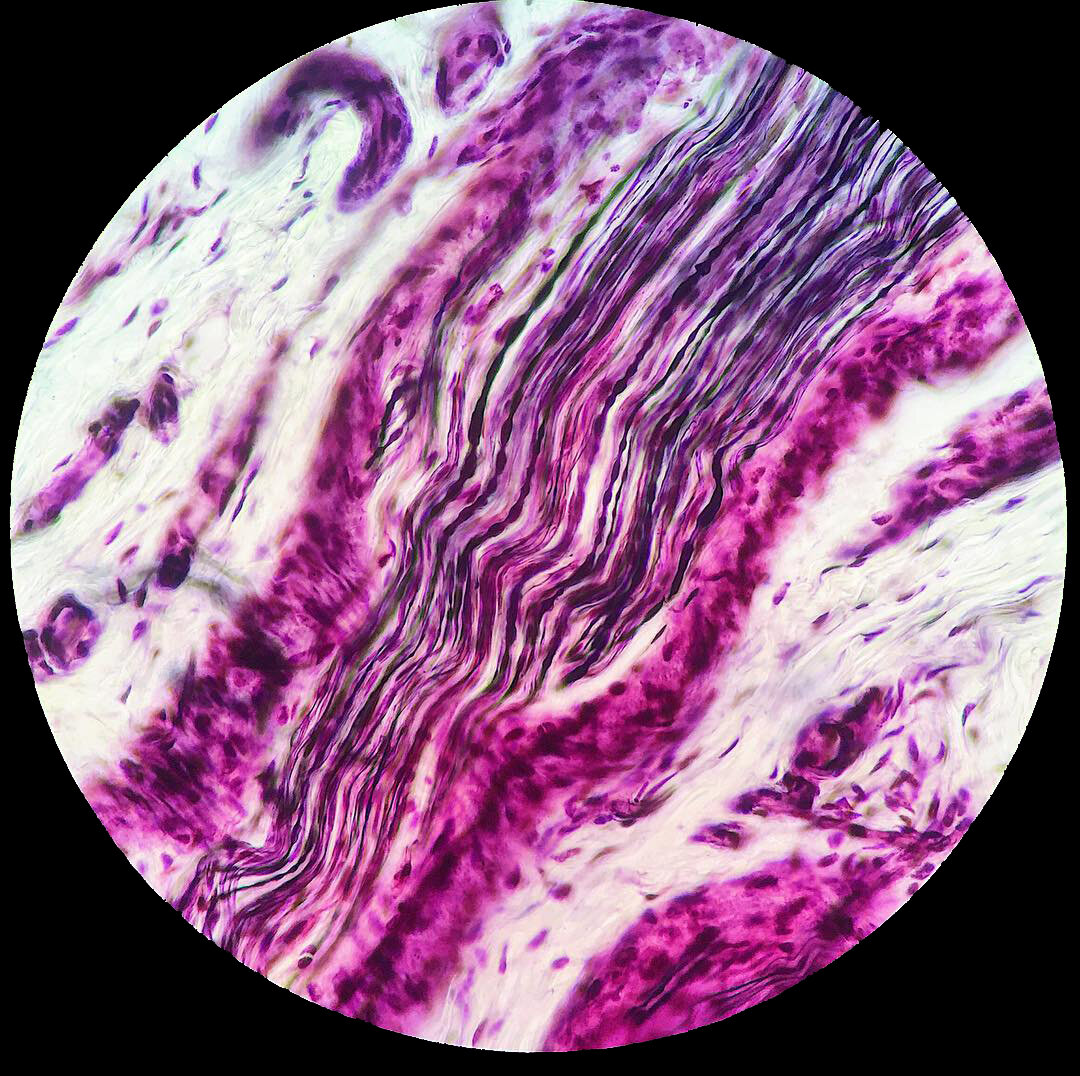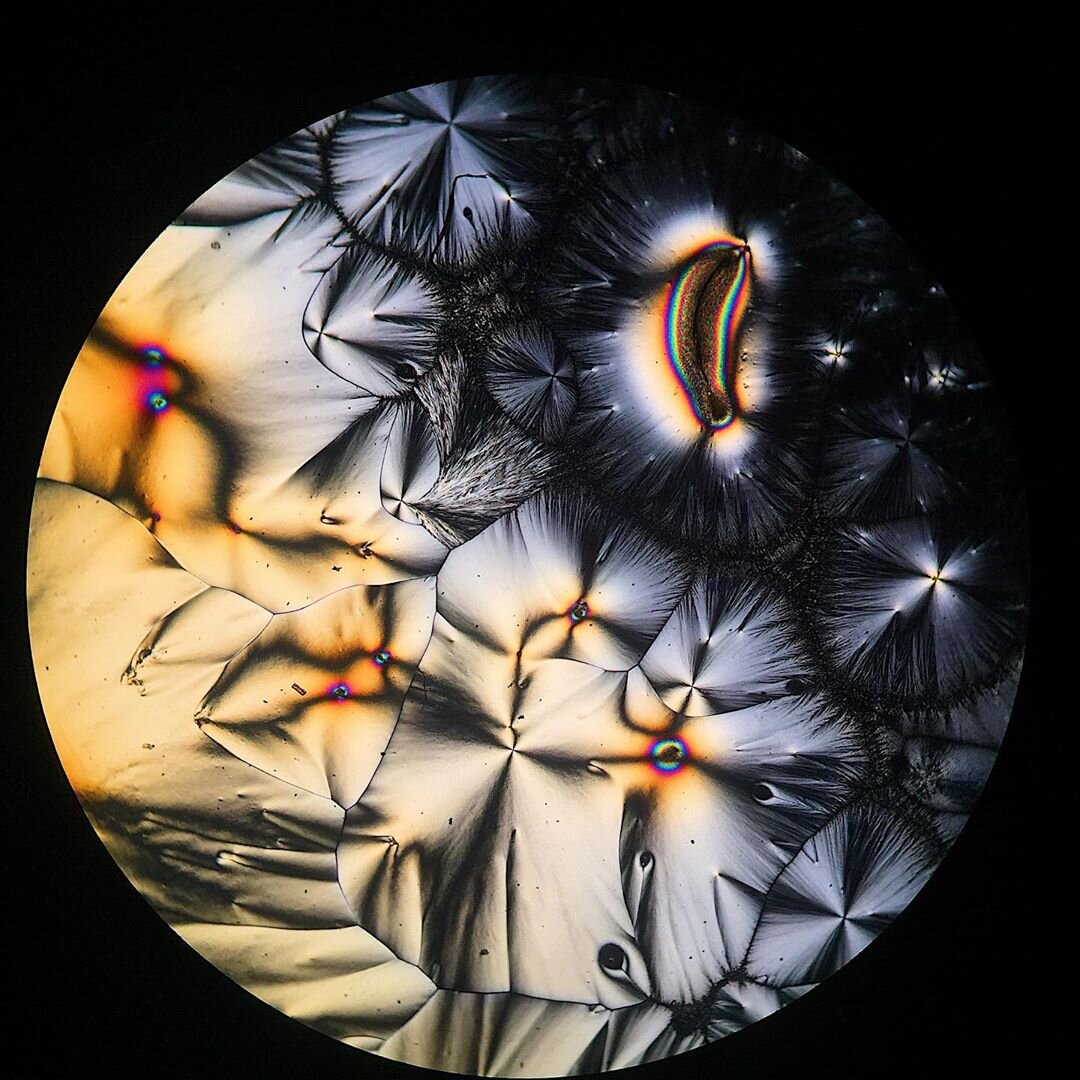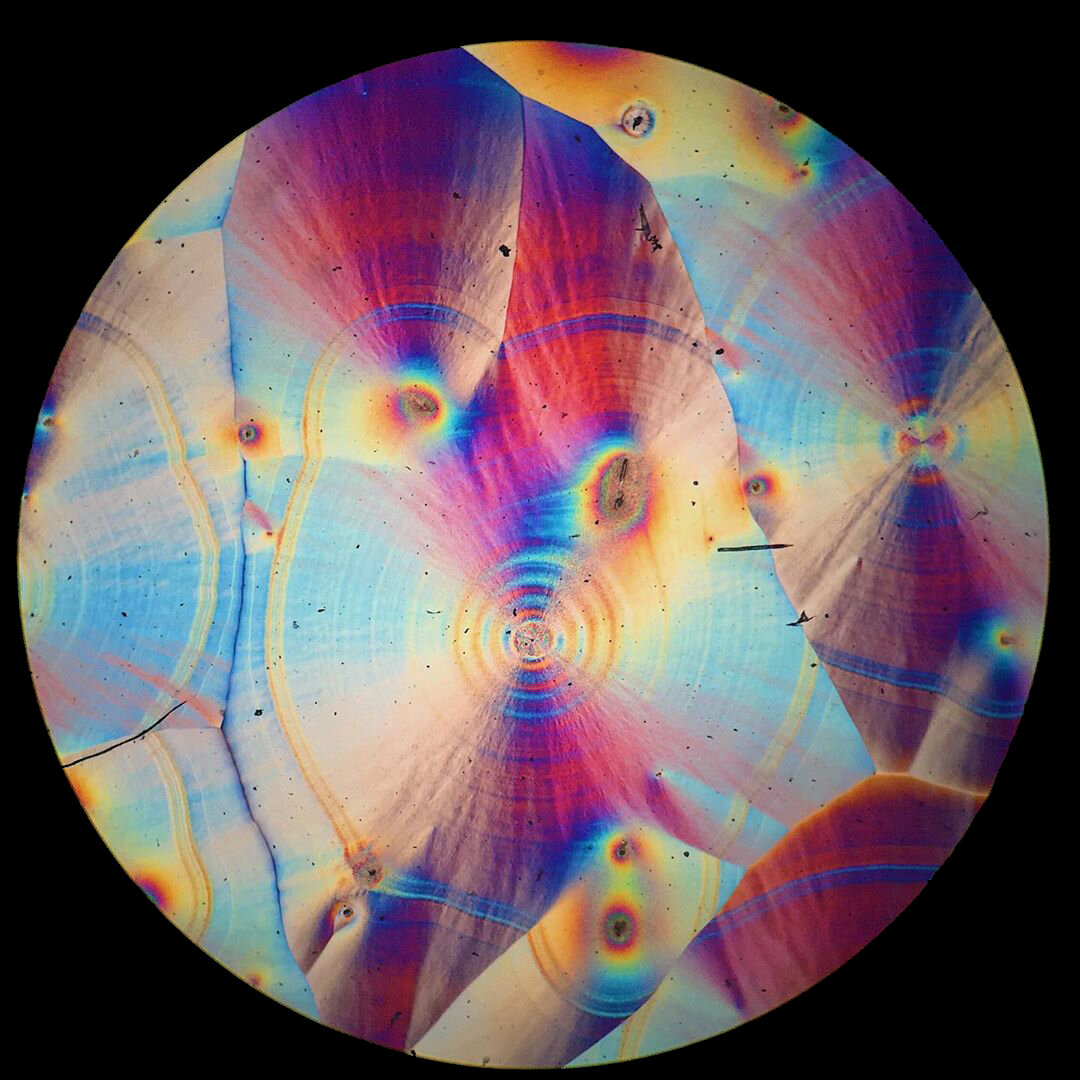The science of Art; and the art of Science.
A micro-universe producing giant experiences.
An artist brings to life the thoughts, concerns, and dreams inside of its head. A scientist discovers and studies the complex life that creates and resides in matter. Would it be possible for us to think of them as the same?
Yes.
Regardless of the differences in places, subjects and outputs both of them have in their own world, there’s no denying that both need one another. What would be of Art if color mixing hadn’t been discovered? Or would “The Vitruvian Man” by Da Vinci had come to exist? One thing is certain, nature inspires everyone, sometimes to transform what’s already there, and sometimes to create an entire new perspective.
We reached out to Inés Gutiérrez, a Mexican biologist and visual artist merging Art and Science, to immerse ourselves in a world that is inexhaustible, mesmerizing, and ever-changing: the Microcosmos.
Inés founded Cirrina Lab, to explore microscope images while playing with music and digital tools.
Inés Gutiérrez photographed by Florencia Díaz.
How has technology helped you merge Biology and Art? And what do you want to achieve with this juxtaposition?
Technology is the most important tool I have in my work as a visual artist, the main one is Microscopy, which my art revolves around. Without it, I wouldn't have discovered my passion for the microscopic universe. I also use a lot of softwares like “Resolume Arena” and “Touch Designer” which help me edit the videos I make, create special effects, and mix them live so I can create audiovisual shows along with musicians.
I think the main thing I want to achieve by mixing science and art is to share how mesmerizing and fascinating the microscopic world is. As a society we tend to focus on the big things, other people, buildings or trees, but little things are beautiful and so important. The processes of the microscopic world are the basis of everything we know, so I want to share that amazement and also foster curiosity.
For many centuries Art and Science have been seen as contradictory, but we would love to hear your thoughts as someone who is involved in both of them. Is there a gap or can and should they co-exist in the same universe?
This is a difficult question. I think there are a lot of ways in which Art and Science are very different, mainly because of their goals. Science is about being very meticulous and rigorous, as it should be. You can't go around publishing things that haven't followed a specific method and being tested, you have to be sure that what you're saying is the best approximation to the truth about a specific question or phenomenon. If you don’t do it, it could be very catastrophic. Art isn't that rigorous, or at least not in the way I have done art. You don't feel the weight of what your discovery might mean for humanity, but on the other hand, both Science and Art are about passion and curiosity. They can and should co-exist because they are both very valuable ways in which we humans experience the world, and I think both worlds could learn a lot from each other. There is science in Art and there is art in Science.
This is a microphotography of copper sulphate crystals which I took using an optic microscope.
Photo Courtesy: Cirrina Lab
Why the microscopic world? And what other areas of Biology (or science in general) would you like to explore?
Since I was about fifteen years old and I saw a microscope for the first time, my mind was blown. In Science class, they used to tell us about the cells and organelles, but they were very abstract concepts that didn't really connect with reality because you couldn't see them. But then, with the microscope, you could see that cell, you could see that strange thing your teacher was telling you about. I think the microscopic universe is humbling, there are so many fascinating and complex things going on there. In terms of aesthetics, Microscopy gives you so many colors, textures, and forms that are unique to that dimension. I think that it gives you infinite artistic options.
I love Biology in all of its forms. If I could live many lives I would use each one of them to study a new Biology branch. Like people who study wildlife, people who study mushrooms, people who study viruses, people who study biotechnology, people who study the ocean and its processes, the list could go on forever.
How is the process of taking an idea inside your head, to an artistic and scientific solution?
My process usually involves research, where I take the idea and look for subjects related to that idea online, or the steps I would need to take to do what I’m planning. Then, I think about the materials to execute that idea, they’re mainly everyday things, like light from a lamp. If I don't have them I usually go to the “Farmacia París", which is a huge pharmacy that sells everything, like iron filings and liquid metals, or I go online and buy from science equipment brands. I have also become friends with several labs and with the aquarium of the Science’s Faculty at UNAM (the National Autonomous University of Mexico), and they give me microscopic organisms to explore. Then I go to the lab where I do most of my microscopic explorations, it is called “Microcine” which is also part of the Science’s Faculty. In the lab, I can either follow specific steps, like when I want to crystalize a substance to film and photograph the process, or I just start mixing things to see what they look like and if they communicate my idea.
These are microphotographs of ascorbic acid (vitamin C) crystals which I took using an optic microscope and polarized light.
Photo Courtesy: Cirrina Lab
I think the microscopic universe is humbling, there are so many fascinating and complex things going on there.
Besides music, what would you like to merge your visuals with?
I would like to merge my visuals with art installations and maybe clothing, I think there are a lot of possibilities there.
What is the most incredible thing you’ve seen through a microscope? What else would you like to see inside this universe?
I've seen a lot of incredible things. One is the development of a fish, called “zebrafish”, which has the fastest development in the animal kingdom, you can watch the fertilized cell become a complete organism in just a few days. I've also seen mice neurons and how they light up in response to different staining techniques and it's beautiful. In the future I would like to see bacteria growing, or the microorganisms that are present in plankton, they have amazing shapes, colors and movements.
What technological advances do you know and want to implement in your artistic career?
I would like to explore more advanced Microscopy, like the scanning electron microscope that allows you to see microscopic elements in 3D. I am interested in using laser and hologram technology to create audiovisual installations. Also I’ve heard there are ways to enhance the sounds made by microscopic processes and I would love to use that in my art.
If I could live many lives I would use each one of them
to study a new Biology branch.
Photo Courtesy: Cirrina Lab
What are your next steps as a biologist and visual artist?
I have a few projects ahead that I'm very excited about. One is a collaboration with Dr. Eria Rebollar from the Genomic Sciences Center (at UNAM), we are going to explore how bacteria and fungi grow and use those images to create an audiovisual performance in collaboration with the musician Julián Gómez. I am also starting to work along with Diego Amozurrutia who is a software programmer, and we are going to create a live-dome audiovisual installation alongside musician Concepción Huerta. I want to explore natural phenomenons at a microscopic level, like the oxidation of metals. For my next performances, I am very focused on creating audiovisual experiences that go beyond a flat-screen and music. So I think that's what the future looks like for me right now.
This is a teaser of my project with Mexican female electronic musician Concepción Huerta. LAN is an audiovisual experience that explores life beyond the human experience. To create the images I filmed the reflection of light on various surfaces through a stereoscopic microscope.
Video Courtesy: Cirrina Lab
Follow Inés Gutiérrez and her project at: https://www.instagram.com/yosoynes/ and https://www.instagram.com/cirrinalab/



